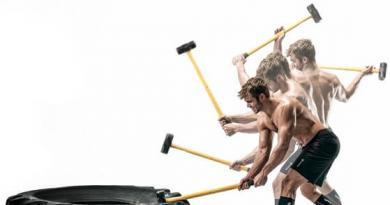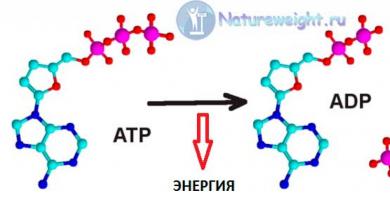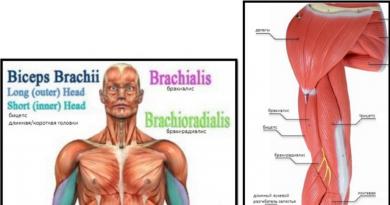Each of us, someday, comes to the conclusion that it is necessary to monitor our health. And there are many ways to do this, but the most effective was and remains - this is physical education. Now there are various methods in order to take care of yourself and improve your health and figure. Gymnastics, Pilates, exercises on simulators and much more, but no matter what we talk about, one thing remains the same - before practice, you need to study the theory, which means that first you need to at least get acquainted with the names of human muscles and their role.
One might ask: what is it for? And really, is it really that important? Of course, any doctor, coach or athlete will tell you. Not a single person will repair a car without understanding the principle of its operation, and with the human body. It is impossible to carry out the correct repair without being guided even in the names of the muscles of the human body. After all, the health of each person depends on the level of their development.
Structure and functions
Let's take a look at the structure of human muscles, and the following names of human muscles in pictures will help you understand the theory.
Upper shoulder girdle
- Deltoid - is involved in flexion and extension of the shoulder, as well as taking it to the side. It is located above the shoulder joint and consists of three bundles that begin: the anterior one from the collarbone, the middle one from the acromion and the posterior one from the spine of the scapula. Due to its structure, it is responsible for various functions. With the contraction of the front and back, flexion and extension of the arm take turns. If the entire musculature is reduced, then this leads to the abduction of the shoulder.
- Biceps (biceps brachialis) - it includes two heads:
- short
- long.
The latter originates from the supraarticular tubercle of the scapula, and in turn, the short one, from the process of the scapula (coracoid). Together they form the biceps brachii and insert at the elbow joint. Thanks to the biceps, the arm bends (at the elbow joint), and also when the arm is bent, the hand turns forward.
- Brachialis (shoulder muscle) - located under the biceps. Very thick in muscle structure, attached to the coronoid process of the forearm and the elbow joint. Together with the biceps, it participates in flexion of the arm (at the elbow), but unlike the biceps, it does not take part in the supination of the hand.
- Three-headed (triceps) - located on the back of the shoulder, and occupies most of the arm. It has three heads that intertwine in a common triceps ligament and are attached to a protrusion on the ulna. Triceps is involved in raising the arm to the shoulder.
Now let's analyze the main names of the muscles of the human body, that is, the back and abdomen. The back most clearly shows how carefully a person has trained, because this is the largest muscle group.
back muscles
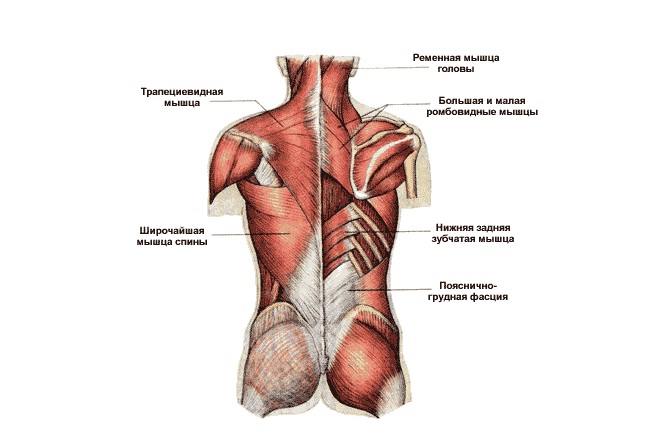
- The latissimus dorsi muscle is located on the entire lower back and is a superficial muscle. With its help, the shoulder is brought to the body and the pronation of the upper limb occurs. It can act as an auxiliary and respiratory, expand the chest when inhaling.
- Large round - a flat and elongated muscle, which is covered in the posterior section of the latissimus dorsi muscle, in the outer section - the long head of the triceps and deltoid, and in the middle section - a thin fascia. Performs bringing the arm to the body, rotates the arm inward.
- Small round - its upper edge is adjacent to the subosseous muscle, and the posterior region is covered by a large round muscle, the anterior one is deltoid (responsible for supination of the shoulder and takes it back a little).
- Trapezoidal - located in the upper back and back of the neck. By its size, you can understand whether a person is engaged in physical activity. This complex muscle with a geometric name consists of three parts: the upper one is in the neck area, the middle one is on top of the shoulder blades, the lower one is between and under the shoulder blades. If there is a contraction of all bundles of the trapezius muscle, then the scapula is close to the spinal column. When only the upper or lower bundles are reduced, the scapula is raised or lowered, respectively.
Abdominal muscles 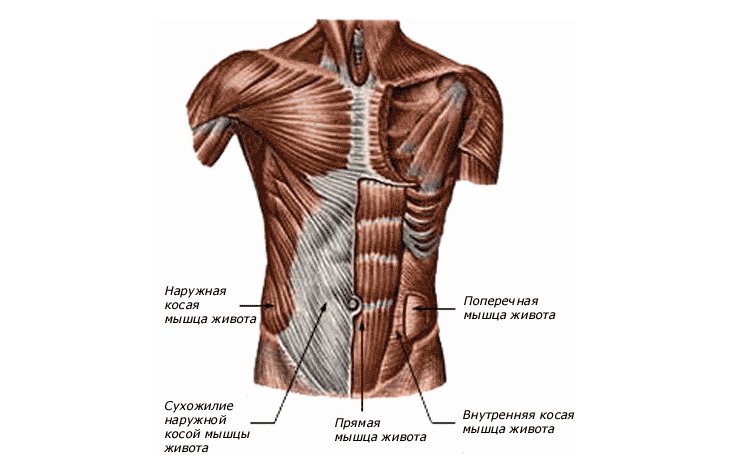
They play an important role in supporting our internal organs. To do this, they form a dense muscular frame, consisting of the external and internal oblique, transverse and rectus muscles, as well as the white line of the abdomen.
By keeping the abdominals in good shape, you thereby keep the internal organs in their proper places. Due to the muscular skeleton of the abdomen, the vertebral column is bent in front. If there is a contraction of the muscles on only one side, then this leads to the bending of the body to the side. And, of course, they participate in the process of breathing, pulling the ribs down, which facilitates inhalation.
thigh muscles
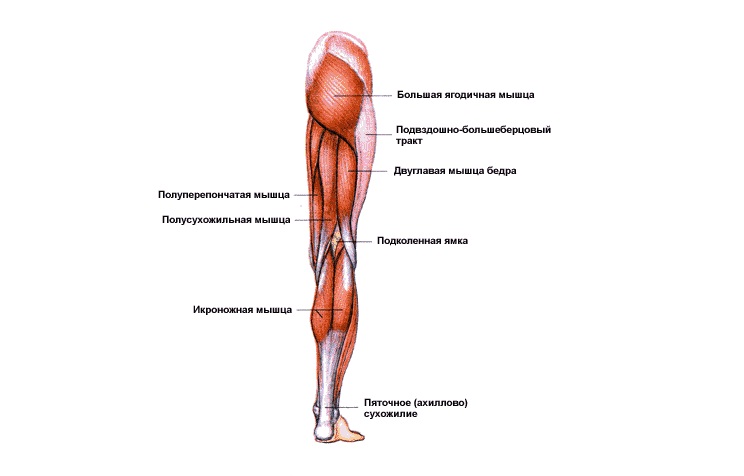
And the last group of human muscle names that you should know is the muscles of the thigh:
- The biceps musculature of the thigh (biceps) - includes two heads that intertwine into a tendon and are attached to the fibula. The speed of running and the height of jumps depend on the development of the biceps of the thigh, so it is very important to pay attention to it during training. The biceps muscle is responsible for such functions: rotates the lower leg outward (with a bent knee); allows you to extend the hip and bend the lower leg at the knee joint when interacting with other muscles (for example, with the muscles of the back group).
- The four-headed (quadriceps) is the largest muscle in the human body, having four heads, which are located on the front of the thigh. All heads are sometimes considered as separate muscles of the thigh: rectus, medial, lateral and intermediate. Together they serve to extend the leg at the knee joint.
- The gluteus maximus is the most powerful of the muscles, thanks to which a person has the ability to move straight. This gluteal muscle helps to extend, rotate the hip, straighten and fix the torso.
Of course, the above names of the muscles are only a part, but the largest and most important in the human body. Think about it, maybe you should go in for sports to “know” your muscles?

